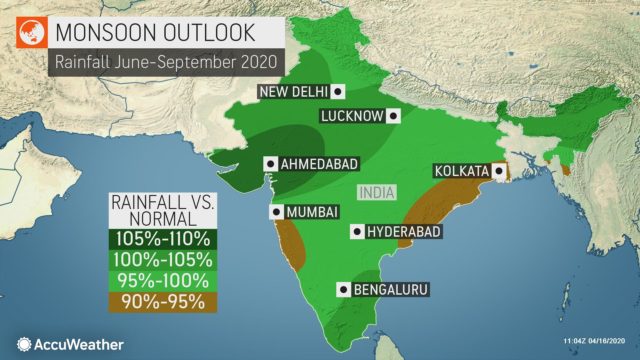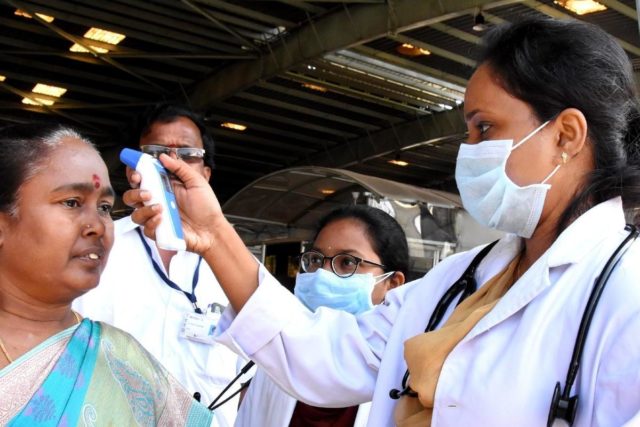So far, India has handled the COVID-19 situation decently. We are in the third phase of the lockdown, where the government has lifted numerous restrictions.
We’ve reached May, the epitome of Indian summer. It also means monsoon is on its way, which is something people look forward to. However, it doesn’t help the current coronavirus situation.

How Temperature Affects The Virus
Earlier, some reports said that the virus is most-effective in lower temperatures, but they aren’t backed by any solid proof. The virus has appeared in countries with varied climates.
In India, people were expecting the high temperature to slow down the spread of the virus, but that hasn’t exactly been the case.
Also Read: Know The Indian Poonawala Family That Might Produce COVID-19 Vaccine In Collaboration With Oxford University
Though experts say that the virus is sensitive to higher temperatures, sunlight and humidity, these factors alone cannot incapacitate the virus. At the same time, the temperature doesn’t drop drastically in the monsoons.
Therefore, experts don’t suspect major problems with regard to the temperature.
How Will Rain Affect The Situation?
This year, the Indian Meteorological Department (IMD) has predicted a normal monsoon. The season is expected to start in June and conclude by September.

But, even normal monsoons can lead to flooding, which is the last thing we want now.
Furthermore, rains will be a big hurdle during transportation. Medical and essential supplies need to reach their destinations quickly, but rains will make that a task.
Another major problem is the onset of various diseases. Dengue, Chikungunya, Typhoid, Common Cold and Flu are some of the most common diseases during the rainy season.
Moreover, all these diseases have 1-2 symptoms that they share with the coronavirus.
This increases the chance of incorrect diagnosis, which would delay the right treatment, and ultimately overburden our healthcare system.

While coronavirus does not transmit via air, most of these diseases do. So, people need to be extremely careful while going outside and working.
Even though researchers are working day and night for finding a vaccine, the earliest by which we are expecting it is September. That is two months into the rainy season. With the situation in countries changing overnight, two months is capable of causing immense damage.
Image Credits: Google Images
Sources: mid-day, Times of India, NDTV.
Find the Blogger: @ShreyashDhumal3
This post is tagged under: effect of rains, temperature, high temperature, monsoons, on coronavirus, covid 19 spread, Delhi, other diseases, infections, supply chain, impact
Other Recommendations:
In Pics: Twitter Compares Rihanna To Indian Snakes Like Jalebi, Dhokla, Samosa Etc


































